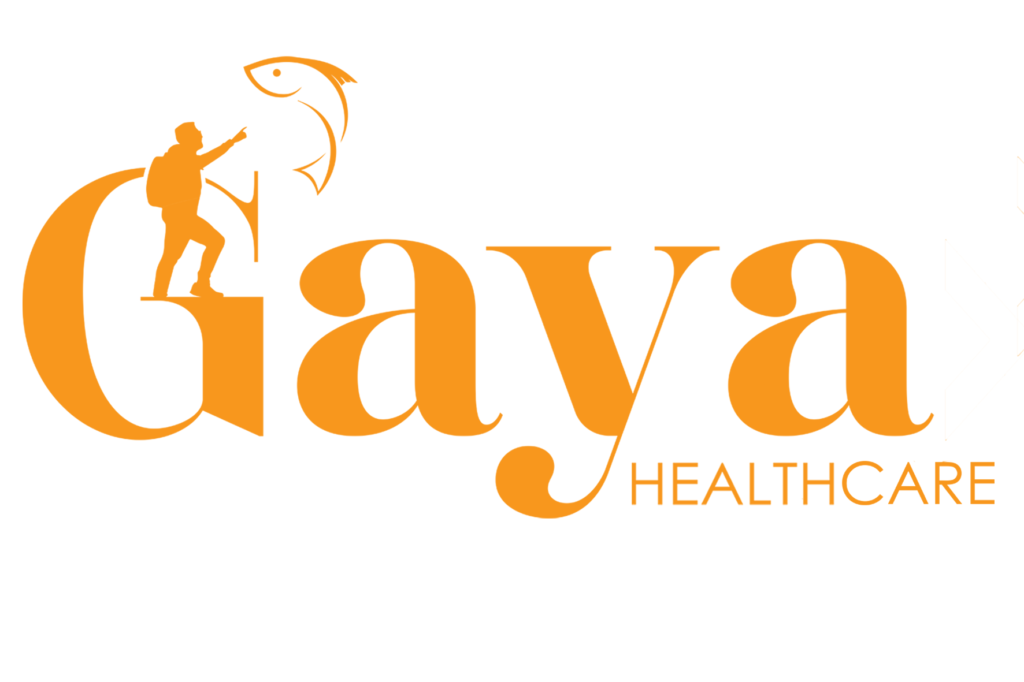
Menu
Orthopedics
  Orthopedics billing involves the intricate process of submitting claims, managing reimbursements, and handling financial transactions related to orthopedic medical services. Orthopedics is a medical specialty focused on the diagnosis, treatment, and surgical intervention for musculoskeletal conditions, including bones, joints, muscles, ligaments, and tendons. Proper billing practices are essential to ensure accurate reimbursement for the diverse range of services offered in orthopedics.
Patient Registration and Verification:
  The billing process begins with accurate patient registration, collecting demographic details, and verifying insurance information.
  Verification of insurance coverage is crucial to determine patient eligibility and the extent of coverage for orthopedic services.
Procedure Coding:
  Certified coders assign specific Current Procedural Terminology (CPT) codes and International Classification of Diseases (ICD-10) codes to accurately represent orthopedic procedures.
  Codes may include evaluation and management (E/M) services, diagnostic imaging, joint injections, surgical procedures (e.g., joint replacements, arthroscopic surgeries), and postoperative care.
Charge Capture:
  Charges for each service, including physician fees, facility fees, imaging services, and any related procedures, are accurately captured for billing.
  Comprehensive documentation of services, including preoperative assessments, surgical procedures, and postoperative care, is crucial for billing accuracy.
Claim Generation:
  Claims are generated with detailed information, including patient details, coded procedures, and associated charges.
  Claims can be submitted electronically or through traditional paper methods, following payer preferences.
Claim Submission:
  Timely submission of claims to various insurance carriers, including private insurance, Medicare, and Medicaid.
  Adherence to payer-specific guidelines and requirements for orthopedic billing to ensure prompt reimbursement.
Insurance Follow-Up
  Regular follow-up to track the status of submitted claims, ensuring they are processed and paid in a timely manner.
  Addressing any denials, rejections, or discrepancies through appeals or necessary corrections.

